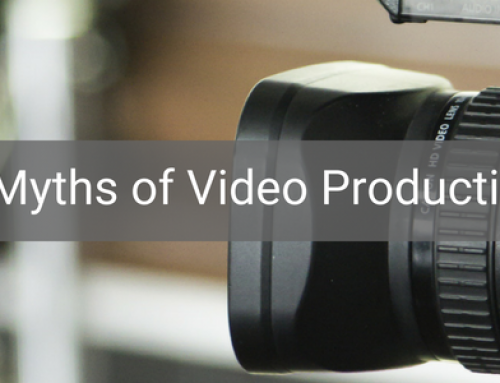 When creating a video about a product or service that we are emotionally invested in, our first instinct might be to show off all the exciting facts and features that we have worked so hard on. Wait! When it comes to raising excitement about your company, this may not be the best way to help you and your viewers get on the same page.
When creating a video about a product or service that we are emotionally invested in, our first instinct might be to show off all the exciting facts and features that we have worked so hard on. Wait! When it comes to raising excitement about your company, this may not be the best way to help you and your viewers get on the same page.
Would you rather buy a car that “has six different gears,” or a car that “powers up hills and through the rain, sleet or snow in order to safely get you where you need to go, when you want to go”? I’d pick the second one. This example reveals that there is an important difference between features and benefits. Benefits are the most effective selling factor in a video.
Features are the “what” of the product or service you’re selling: gears, GPS navigation, CD player, and air bags are all possible features of a car. While these features are relevant, features by themselves do not tell the entire story of why your product is the best choice for your audience.
The challenge of any corporate marketing video is to ultimately convince viewers to buy your product or service. In order to “switch gears” from being purely informative to being persuasive, the video must convey how the features create concrete benefits for the consumer.
If features are the what, then benefits encapsulate how those features will make your potential customers happy and satisfied. Many video creators, believing that the benefits are obvious, list features but don’t explicitly draw the connection to the resulting benefits. For example, the car manufacturer might think people will automatically understand that six different gear options allow the car to save gas on the freeway.
The problem with this strategy is that it relies on the viewer arriving at the same conclusions that the company envisions and that just isn’t always what actually happens. Most people surf the Internet as a way to escape the stresses of their lives, so they probably won’t be in the mode to think critically and analytically about your video. As a result, viewers may not put two and two together, even in cases where the benefits seem like common knowledge.
Because of this, corporate videos should spell out even the most obvious advantages of your product or service in a compelling way. In doing so, it’s crucial to consider your target audience and what benefits are most important to them. If you are aiming for a diverse demographic (e.g. men, women and children), consider benefits from multiple standpoints, and include examples of how your product can appeal to different kinds of people. For example, a restaurant with diverse menu choices will make it a place where you can bring the whole family, and everyone will find something they like to eat.
Remember that your product’s most persuasive benefits are not always the tangible ones: strengthen the impact of your video by including appeals to the viewers’ emotions. Many purchasing decisions are based on emotion over logic, so touching on how the product will make the owner feel (safe, happy, powerful, etc.) will speak louder than just saying what the product does.
Focusing your video on the benefits rather than the features is key to increasing the selling power of your video. Don’t rely on the hope that viewers will automatically understand what you want them to without you actually saying what the benefits are. It’s your video, so take pride in the reasons why your product or service is the best one out there.



Leave A Comment